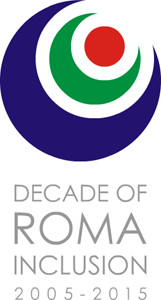Decade of Roma Inclusion

The “Decade of Roma Inclusion”, from 2005 to 2015, was an initiative by the governments of Albania, Bosnia and Herzegovina, Bulgaria, Croatia, the Czech Republic, Hungary, Macedonia, Montenegro, Romania, Serbia, Slovakia, and Spain that aimed “to eliminate discrimination against the Roma and close the unacceptable gaps between Roma and the rest of society” [Davies & Dubinsky, 2018]. While the initiative had lofty ideals, many of its stated goals were not achieved. Critics argue that rather than seeking to eliminate discrimination against native Romani speakers, policies that arose from the initiative sought to forcefully assimilate the Roma. Many of these critics point to the widespread policy of splitting Roma and non-Roma children into separate classrooms as evidence of discrimination that has continued following “The Decade of Roma Inclusion”. In defending this practice European governments have maintained that Roma children “are not sufficiently proficient in the language of instruction of the country in which they live” and therefore need to be separated from other children who are able to learn at faster rates [Davies & Dubinsky, 2018].